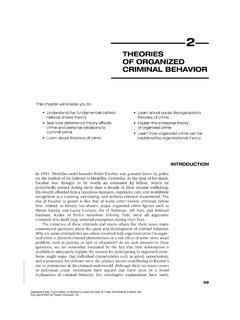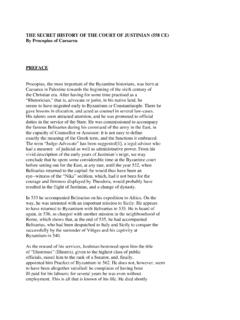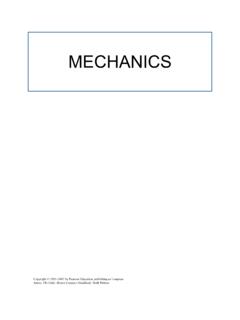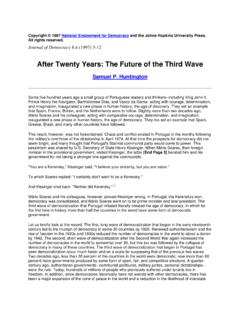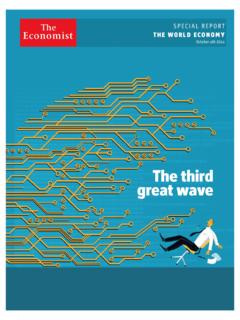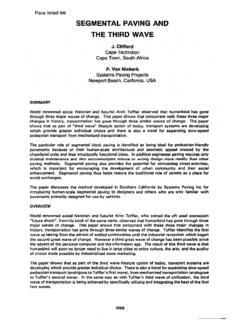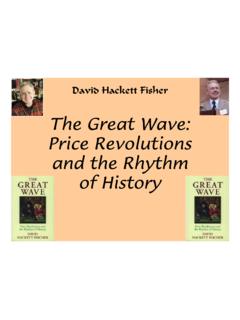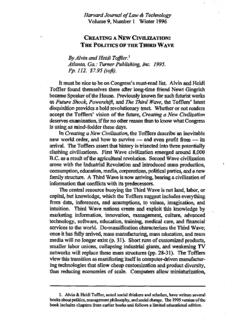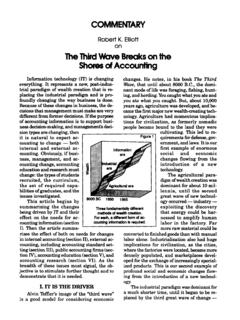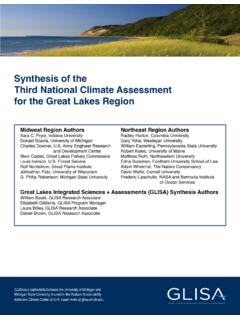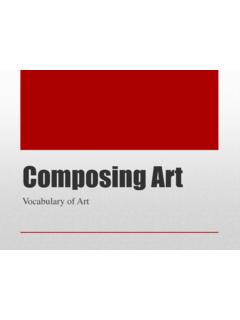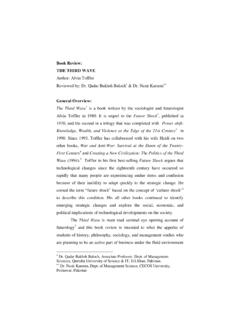Transcription of CHAPTER 6
1 103 CHAPTER 6 PUBLIC OPINION AND POLITICAL ACTION CHAPTER OUTLINE I. The American People (pp. 181-187) A. Public Opinion: The study of public opinion aims to understand the distribution of the population s belief about politics and policy issues. B. Demography: The science of human populations; the Constitution requires that the government conduct a census, an actual enumeration of the population, every 10 years. C. The Immigrant Society: There have been three great waves of immigration. D. The American Melting Pot 1.
2 A melting pot refers to a mixture of cultures, ideas, and peoples. 2. The United States will soon experience a minority majority, where white Anglo-Saxons will no longer be a majority. 3. The Simpson-Mazzoli Act required employers to document the citizenship of their employees. E. The Regional Shift 1. In the last 60 years, the Sunbelt has had the greatest population growth. 2. Reapportionment occurs after every census. House seats are reallocated to the states based on population changes. F. The Graying of America: Citizens over 65 are the fastest-growing age group.
3 II. How Americans Learn About Politics: Political Socialization (pp. 187-189) A. Political socialization: The process through which an individual acquires his or her particular political orientations. B. Political learning is both formal and informal C. Political learning occurs over a lifetime. III. Measuring Public Opinion and Political Information (pp. 189-195) A. How Polls Are Conducted 1. A sample of the population is a relatively small proportion of people who are chosen as representative of the whole. 2.
4 Random sampling operates on the principle that everyone should have an equal probability of being selected. 3. Sampling error depends on the size of the sample. 4. Most polling is done on the telephone with samples selected through random-digit dialing. B. The Role of Polls in American Democracy 104 1. Polls help political candidates detect public preferences. 2. Polls may make politicians followers rather than leaders. 3. Polls can distort the election process. 4. Exit polls may discourage people from voting.
5 5. Polls can be manipulated by altering the wording of questions. C. What Polls Reveal About Americans Political Information: Americans are not well informed about politics. IV. What Americans Value: Political Ideologies (pp. 195-200) A. Political ideology: A coherent set of values and beliefs about public policy. B. Who are the Liberals and Conservatives? 1. Most Americans consider themselves conservative. 2. The gender gap refers to the regular pattern by which women are more likely to support Democratic candidates.
6 C. Do People Think in Ideological Terms? For most people, the terms liberal and conservative are not as important as they are for the political elite. V. How Americans Participate in Politics (pp. 201-205) A. Political Participation: Encompasses the many activities used by citizens to influence the selection of political leaders or the policies they pursue. B. Conventional Participation: The majority of Americans participate only by voting in presidential elections. C. Protest as Participation 1. Protest is designed to achieve policy change through dramatic and unconventional tactics.
7 2. Civil disobedience is consciously breaking a law thought to be unjust. D. Class, Inequality, and Participation: Lower rates of political participation among minority groups are linked with lower socioeconomic status. VI. Understanding Public Opinion and Political Action (pp. 205-207) A. Public Attitudes Toward the Scope of Government B. Democracy, Public Opinion, and Political Action VII. Summary (p. 207) LEARNING OBJECTIVES After studying CHAPTER 6, you should be able to: 1. Describe how demographic factors shape who we are politically.
8 2. Identify the processes through which people learn about politics. 105 3. Define public opinion, identify how it is measured, explain its role in shaping public policy, and discuss the nature of political information in America. 4. Understand the concept of political ideology in the context of American politics and government. 5. Explain the ways in which people participate in politics and in the policymaking process and discuss the implications of unequal political participation. 6. Understand the relationship between the scope of government, democracy, public opinion, and political action.
9 The following exercises will help you meet these objectives: Objective 1: Describe how demographic factors shape who we are politically. 1. What were the three great waves of immigration to the United States? 1. 2. 3. 2. What is meant by the term minority majority ? 3. What was the goal of the Simpson-Mazzoli Act? 4. How are demographic changes associated with political changes? Objective 2: Identify the processes through which people learn about politics. 106 1. Explain the significance of each of the following as sources for political learning: 1.
10 Parents: 2. Schools: 3. Mass media: 2. Name two ways in which aging affects political behavior. 1. 2. Objective 3: Define public opinion, identify how it is measured, explain its role in shaping public policy, and discuss the nature of political information in America. 1. What is the key to the accuracy of opinion polls? 2. Explain the technique of random-digit dialing. 3. List three criticisms of public opinion polling. 1. 2. 3. 4. What is the paradox of mass politics according to Russell Neuman?

